Hawaii #6 in Best Places to Visit in December of 2023
Why Go To Hawaii – The Big Island
This Hawaiian paradise is the perfect place to escape winter’s onset. Weary travelers can thaw on colorful beaches like Punalu’u Beach (which has beautiful black sand) and Papakolea Beach (a unique green sand option), while more adventurous types can go for a hike in Akaka Falls State Park or catch a glimpse of the more than 4,000-foot-tall Kilauea volcano at Hawai’i Volcanoes National Park. You’ll likely contend with other snowbirds in December, but you’ll find that hotel prices on the Big Island are still consistently lower than those on neighboring isles.
Geographically unique, the island of Hawai’i (or the Big Island, as it’s more commonly known) boasts everything from black sand beaches to snow-covered peaks, from hardened lava deserts to steamy and lush rainforests. And it’s still growing. Hawai’i’s trump card – the active, fire-spitting Kilauea volcano – has been increasing the island’s land mass since 1983. During the most recent eruption in May 2018, volcanic activity caused eruptions, earthquakes, and the collapse of the Halemaumau crater. It’s true that if you arrived here hoping for a stereotypical Hawaiian getaway that’s full of luaus and a honeymoon-esque atmosphere, you’ve probably missed the mark. But the hiking trails and state parks that are here hold sights that no other Hawaiian Island can boast of. And the beaches are colors you’ve probably never seen. If you’ve only got a short amount of time to explore the island, sign up for one of the best Hawaii tours to take advantage of the expertise of an in-the-know local.
Best Months to Visit
The best time to visit Hawaii’s Big Island is between September and November. That’s when the island’s generally reasonable room rates take the most significant plunge. Temperatures remain constant throughout the year – generally in the high 70s or low 80s – so you might want to avoid the priciest season, from December to March unless you like to surf. Regardless of when you plan to go, take some time to review a few travel insurance policies, which range from travel medical insurance (ideal if you plan to trek through Volcanoes National Park) to COVID-19 travel insurance – useful in the event you and/or a travel companion gets sick.
What to Eat
Expect to encounter plenty of Hawaiian fusion restaurants in the hotel areas, serving shredded pork, poi (Hawaiian dessert) and other regional favorites. Those in the tourist industry expect vacationers to want what they perceive as authentic Hawaiian cuisine, and the restaurants are more than willing to provide. Fresh seafood is also a staple in many restaurants, as is locally grown produce. Kona coffee is also something you’ll want to try in Big Island and perhaps take home a bag or two. To taste test at the source, head to Kona Coffee Living History Museum, Hula Daddy Kona Coffee or Mountain Thunder Coffee Plantation. Of course, you can also try a cup of Kona at Big Island coffee shops and breakfast joints.
You’ll find the best eateries are the establishments on the Kohala coast, near Kona, but you should be prepared to pay the special “tourist” price. ULU Ocean Grill at the Four Seasons Resort Hualalai earns high praise for its delectable menu and ocean views, but it’ll cost you. There are cheaper spots in Kona, such as 808 Grindz Café, but for more reasonable prices, head to Hilo establishments like Hilo Bay Café, which earns high marks from travelers for its sushi, and local favorites like Paul’s Place and Pineapples. For cheaper eats, try Puka Puka Kitchen.
Safety
Crime is rare on the Big Island. Your primary concern should be water safety. While the water temperature is almost always agreeable, winter surf can get very rough, especially along the north shore and on the beaches in the west coast. Strong currents have caused drownings in the past, so swim with caution and never enter the water alone or without the supervision of a lifeguard. If you plan to hike or walk along the coastline, be sure to wear sneakers or protective footwear so that your feet aren’t exposed to sharp rocks. You should also wear sunscreen, especially at higher altitudes.
Getting Around Hawaii – The Big Island
The best way to get around Hawaii’s Big Island is by car. The island is simply too large to affordably and conveniently navigate without one. You can pick up a rental car at either the Kona International Airport (KOA) or the Hilo International Airport (ITO), or if you want to let go of some serious cash, you could take a taxi from the terminal to your hotel. Once near your lodging, you might be able to get around town on the island bus system, just keep in mind that its schedule is not always convenient for tourists.
Many travelers who visit the Big Island have a connecting flight from O’ahu’s Honolulu International Airport (HNL), from which you’ll fly into Hilo airport on the eastern side. Kona airport near the west side will probably be more convenient if you’re staying by the Kona or Kohala coast.
Car
You’ll find a set of wheels is practically a necessity on the Big Island. As you can see from the map on our top attractions page, the best sites are spread out along all the coasts. And the bus service, though available, does not make regular stops at tourist sites. You can rent a car at either airport and through some of the hotels. Splurge for four-wheel drive – you’ll be thankful you did on the roughest roads – and keep in mind some rental agencies will want you to avoid Saddle Road, a narrow, winding shortcut that takes you from Kona to Hilo.
In lieu of renting a car, we suggest signing up for one of the best Hawaii tours if you’d rather let a local do the driving.
Taxi
Taxis are expensive on Hawaii’s Big Island, even by tourist standards. In fact, the meter starts at $3. Coincidentally, flagging one doesn’t seem to be that much of an option, anyway. The best spot to find them is around the airports; otherwise, your hotel will assist you in calling for one. However, the ride-hailing service Uber also operates on Big Island.
Bus
You might find the bus is a frugal option if you don’t want to venture too far from your hotel. Still, some bus routes are only serviced Monday through Friday. The bus rate is $2 (cash only), but there’s a $1 fee for large bags. Kids ages 4 and younger ride for free.
Helicopter tours are a great way to see the sights; but this is obviously an extravagant splurge and not a viable means of transportation. Many people like to look out over the island’s active volcanoes (ask to head to Kilauea, in the Hawai’i Volcanoes National Park), but valley tours through the Kohala or Hamakua coasts are also pretty scenic.
Start Saving with iTravelDirect’s Exclusive Travel and Lifestyle Benefits Membership
CLICK HERE to Test-Drive our Guaranteed Savings
We offer a 110% Price Guarantee – Find a lower price anywhere online and we will refund you 110% of the difference.
CLICK HERE for a full list of services and Membership Discounts.
When you join iTravelDirect, you’ll have full access to all club benefits.
Your membership gives you the freedom to travel when you want, to where you want.
And you won’t find lower rates anywhere, guaranteed. So, pack your bags and start planning that vacation of a lifetime today!

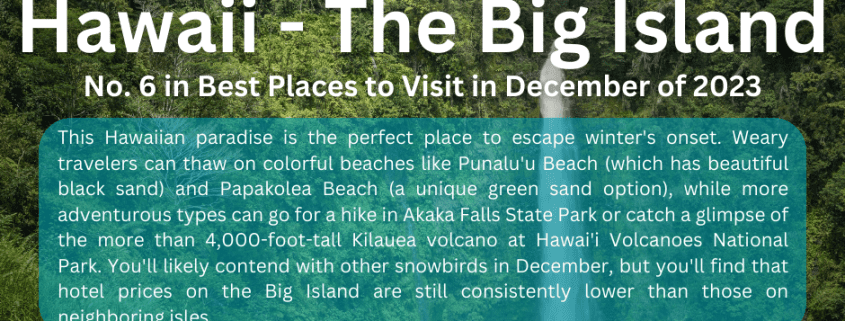



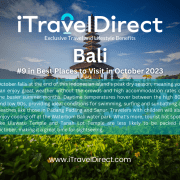
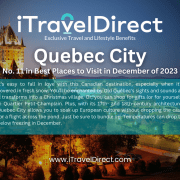

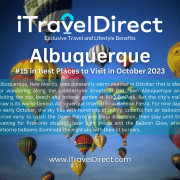
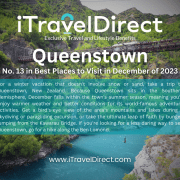


Leave a Reply
Want to join the discussion?Feel free to contribute!